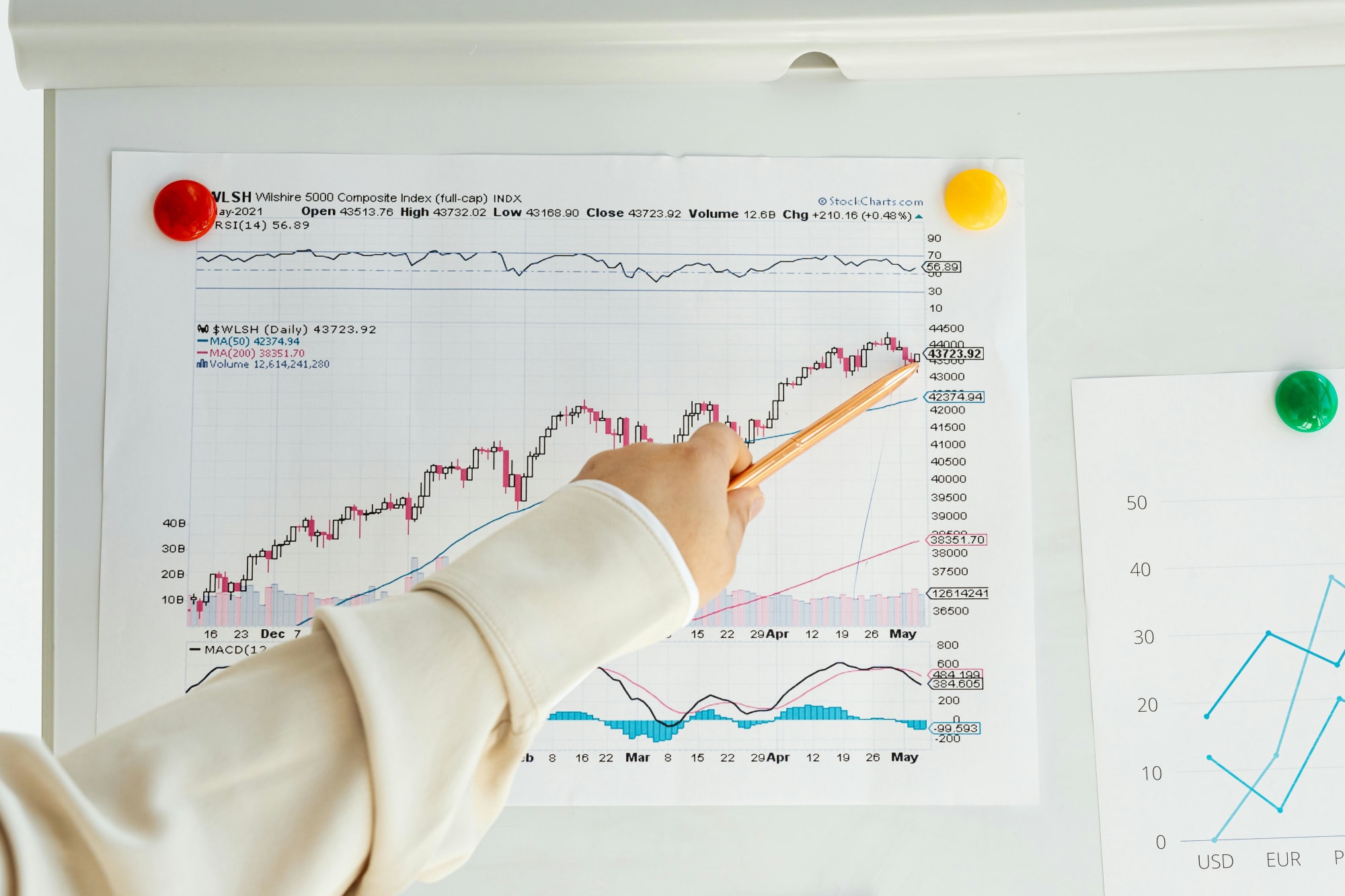Invest
Does the RBA boast the right credentials to steer the economy?
With the Reserve Bank of Australia likely to face its first independent review in 40 years, experts believe this could be a chance to bridge the gap between monetary and fiscal policy, but also to boost the bank’s monetary policy credentials.
Does the RBA boast the right credentials to steer the economy?
With the Reserve Bank of Australia likely to face its first independent review in 40 years, experts believe this could be a chance to bridge the gap between monetary and fiscal policy, but also to boost the bank’s monetary policy credentials.

Last week, international think tank Organisation for Economic Co-operation and Development (OECD) called for a review into the RBA, noting its failure to meet key economic targets in recent years.
Just hours later, Treasurer Josh Frydenberg backed the OECD, noting he was open to a review, but one that would likely have to take place post-election.
“That is a real issue, and it’s something I will give consideration to in terms of looking at the RBA, looking at the monetary policy setting, and learning from the experience of this pandemic,” Mr Frydenberg told Sky News.
Commenting on the developments, economic policy program director at Grattan Institute Brendan Coates said there are several reasons warranting a review, including some of the more prominent central bank failures.

“Firstly, they probably haven’t done as well as they should have in the last few years, there are always benefits in hindsight, but an objective assessment of the Reserve Bank in the last few years is that it really hasn’t lived up to its objectives, it hasn’t met its targets,” Mr Coates said.
The most important target the RBA has failed to meet is inflation, essentially resulting in a decade of lost wages growth.
“Consistently low inflation basically means the economy is not running as hot as it could,” he said.
Noting that a review does not necessarily spell doom, Mr Coates highlighted the opportunities for change, including a good look at the bank’s governance structure and at the divide separating fiscal and monetary policy.
“The Reserve Bank board is an outlier. It has mainly been composed of business people who do not have a lot of expertise in monetary policy. That is actually very rare globally. Most central boards are made up of people who know monetary policy really well,” Mr Coates said.
Beyond the board, Mr Coates also sees challenges with the tool the RBA uses to manage the economy: interest rates.
“It raises the question, do central banks have the tools to manage the economy?” he said.
“That leads to questions about what role does fiscal policy play. Do we keep the independence between monetary and fiscal policy during this period?”
Noting that he does not necessarily want to see more government oversight of the RBA, what could be explored is means to allow fiscal policy to act more like monetary policy.
“Could you use more automatic stabilisers in the budget? Should the rate of unemployment benefits vary based on the state of unemployment in the economy?” he said.
The answers, Mr Coates hinted, could, in fact, lie in breaking the separation between fiscal and monetary policy, especially in times of crisis.
About the author

About the author


Economy
RBA's hawkish stance reflects inflation concerns, State Street economist comments
In a recent statement, the Reserve Bank of Australia (RBA) has signaled a hawkish stance on interest rates, drawing insights from financial experts about the implications for Australia's economic ...Read more

Economy
Navigating the inflation maze: How CFOs can outsmart economic hurdles in Australia
Fresh inflation data have cooled expectations of near-term rate cuts in Australia, intensifying pressure on margins, capital allocation and demand. Rather than wait for monetary relief that may not ...Read more

Economy
Inflation concerns rise as Australia's CPI climbs to 3.8% in October
Australia's latest Consumer Price Index (CPI) figures have sent ripples through the economy, with headline inflation accelerating to 3.8% year-on-year in October, up from 3.6% in September. The data, ...Read more

Economy
October CPI results pose challenges for RBA’s monetary policy stance
In a surprising turn of events, the October Consumer Price Index (CPI) data has raised eyebrows among economists and market strategists, revealing stronger-than-expected inflationary pressures in ...Read more

Economy
Global deal activity declines by 6% amid economic uncertainty, reports GlobalData
In a year characterised by economic turbulence and evolving market conditions, global deal activity has witnessed a notable downturn during the first ten months of 2025. According to GlobalData, a ...Read more

Economy
Australia’s softening labour market puts another RBA cut in play — here’s what business should do now
A four-year high in unemployment has revived expectations the Reserve Bank could deliver another rate cut as soon as November. With quarterly GDP growth running at 0.6 per cent and annual growth at ...Read more

Economy
Rising CPI reinforces RBA’s stance as rate cut expectations remain: State Street
State Street Global Advisors says the Reserve Bank of Australia (RBA) is likely to hold its current policy outlook following the release of September quarter inflation data, which showed an unexpected ...Read more

Economy
NSW SES boosts tsunami preparedness ahead of World Tsunami Awareness Day
As World Tsunami Awareness Day approaches on 5 November, the New South Wales State Emergency Service (NSW SES) is ramping up efforts to enhance tsunami preparedness along the east coastRead more

Economy
RBA's hawkish stance reflects inflation concerns, State Street economist comments
In a recent statement, the Reserve Bank of Australia (RBA) has signaled a hawkish stance on interest rates, drawing insights from financial experts about the implications for Australia's economic ...Read more

Economy
Navigating the inflation maze: How CFOs can outsmart economic hurdles in Australia
Fresh inflation data have cooled expectations of near-term rate cuts in Australia, intensifying pressure on margins, capital allocation and demand. Rather than wait for monetary relief that may not ...Read more

Economy
Inflation concerns rise as Australia's CPI climbs to 3.8% in October
Australia's latest Consumer Price Index (CPI) figures have sent ripples through the economy, with headline inflation accelerating to 3.8% year-on-year in October, up from 3.6% in September. The data, ...Read more

Economy
October CPI results pose challenges for RBA’s monetary policy stance
In a surprising turn of events, the October Consumer Price Index (CPI) data has raised eyebrows among economists and market strategists, revealing stronger-than-expected inflationary pressures in ...Read more

Economy
Global deal activity declines by 6% amid economic uncertainty, reports GlobalData
In a year characterised by economic turbulence and evolving market conditions, global deal activity has witnessed a notable downturn during the first ten months of 2025. According to GlobalData, a ...Read more

Economy
Australia’s softening labour market puts another RBA cut in play — here’s what business should do now
A four-year high in unemployment has revived expectations the Reserve Bank could deliver another rate cut as soon as November. With quarterly GDP growth running at 0.6 per cent and annual growth at ...Read more

Economy
Rising CPI reinforces RBA’s stance as rate cut expectations remain: State Street
State Street Global Advisors says the Reserve Bank of Australia (RBA) is likely to hold its current policy outlook following the release of September quarter inflation data, which showed an unexpected ...Read more

Economy
NSW SES boosts tsunami preparedness ahead of World Tsunami Awareness Day
As World Tsunami Awareness Day approaches on 5 November, the New South Wales State Emergency Service (NSW SES) is ramping up efforts to enhance tsunami preparedness along the east coastRead more








